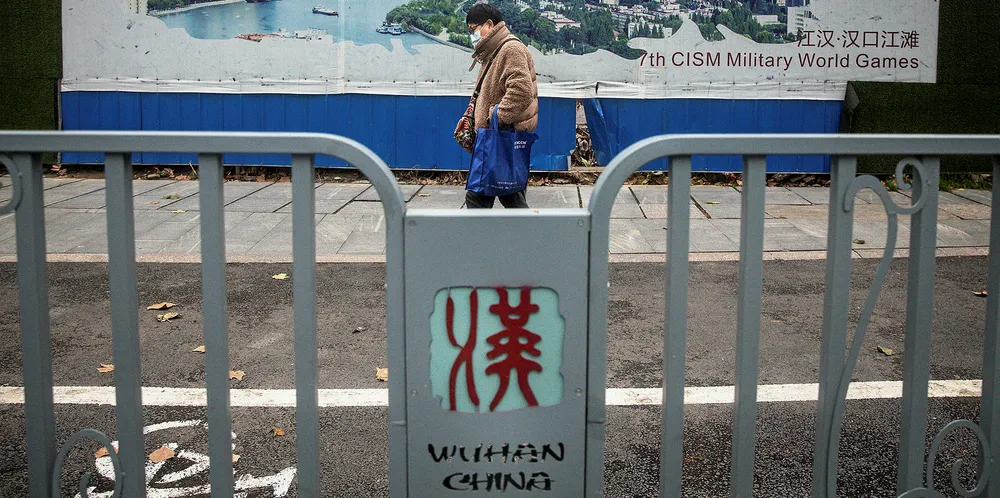Renewables executive among coronavirus dead after Wuhan business trip
Yang Jun first reported casualty in Chinese capital after visiting epicentre, as industry warns of chilling effect on project deadlines

Yang Jun first reported casualty in Chinese capital after visiting epicentre, as industry warns of chilling effect on project deadlines
